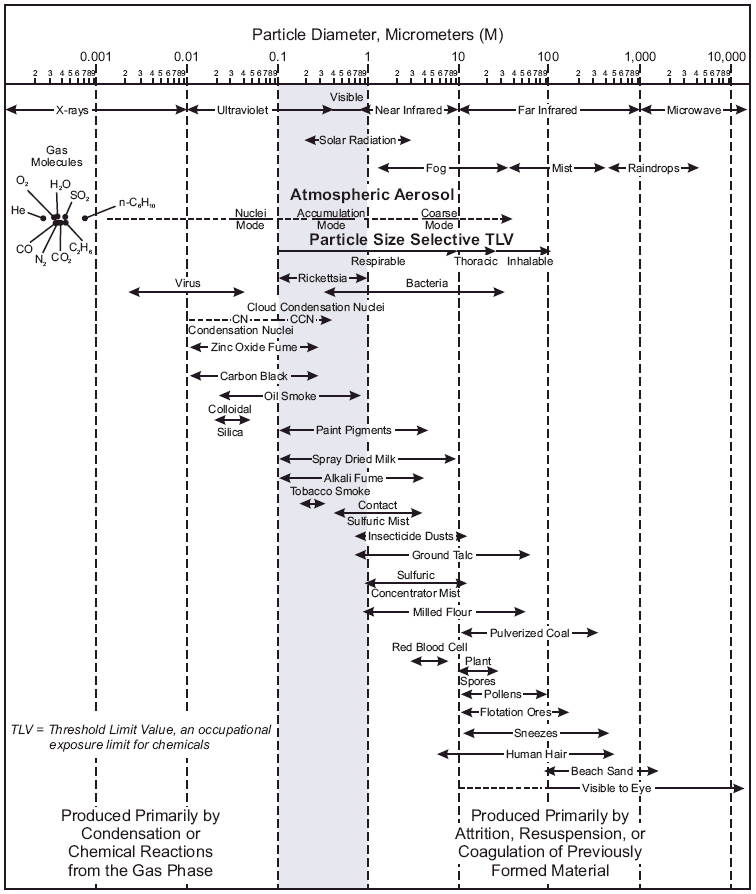Essex
Active Member
fatman, seeing as I have adopted ya as my personal tutor in all thing aero, lol (hope ya dont mind, just I trust ya opinion more than anyone else!)
Do I need R/O filltering? My tap water is 60ppm and 7.2ph, my kettle is 4 years old and has NO limescale or buildup whatsoever and the element is still shiny!
Am I ok without? im thinking its all good, if I allow the chlorine to evaparate and use a carbon filter for heavy metal?
Do I need R/O filltering? My tap water is 60ppm and 7.2ph, my kettle is 4 years old and has NO limescale or buildup whatsoever and the element is still shiny!
Am I ok without? im thinking its all good, if I allow the chlorine to evaparate and use a carbon filter for heavy metal?

